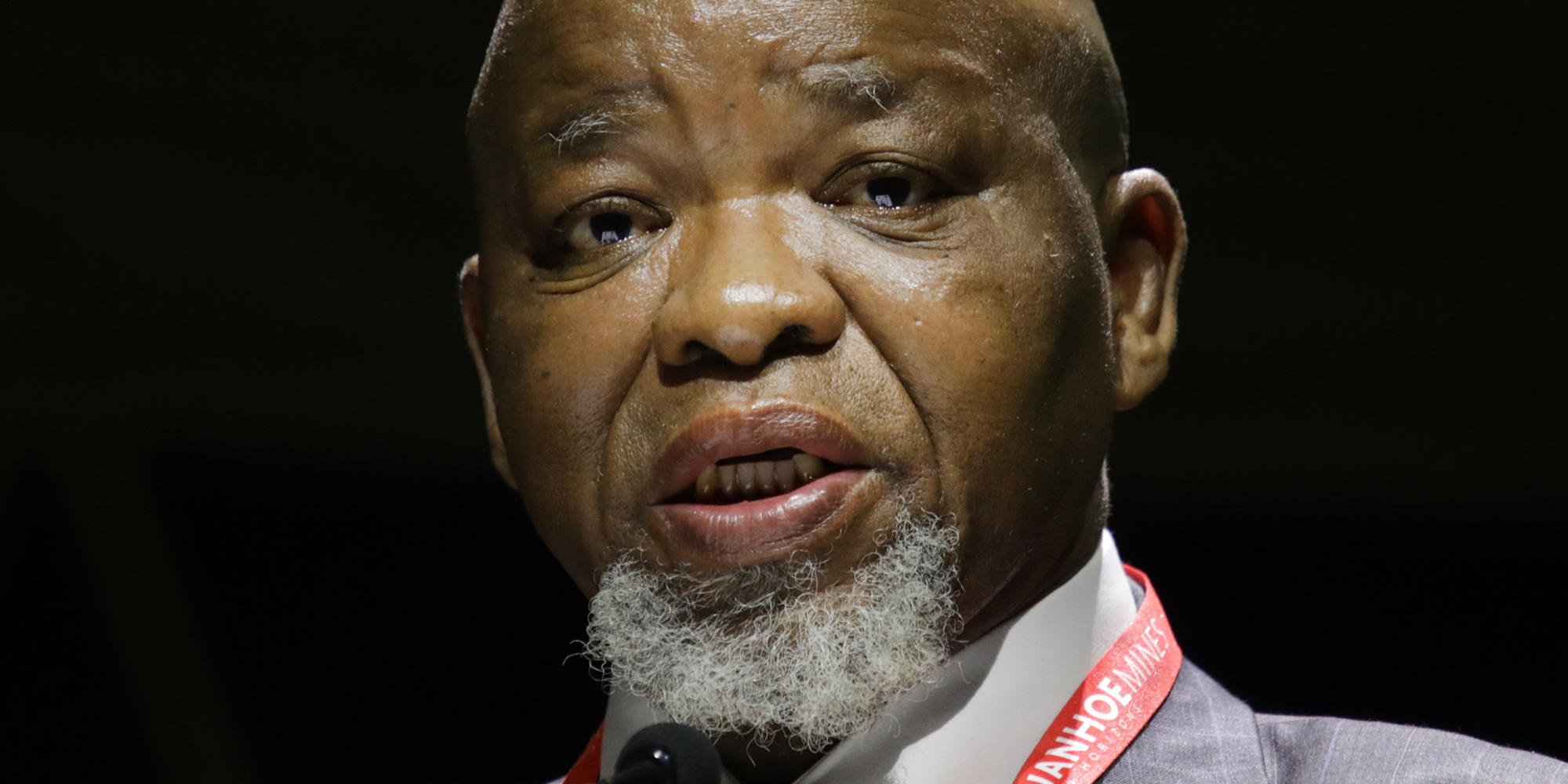It’s a neat political sleight of hand — the national power grid is Eskom’s which falls to Mineral Resources and Energy Minister Gwede Mantashe’s Cabinet colleague, Public Enterprises Minister Pravin Gordhan, who is also responsible for the unbundled Eskom transmissions entity.
But officially no tensions or confused policymaking exists, nor a turf between those two ministers — and Electricity Minister in the Presidency Kgosientsho Ramokgopa. President Cyril Ramaphosa in his 11 May parliamentary question slot told the House it was all Kumbaya in his Cabinet — “There are no fights in Cabinet. There is no turf war…”
That megawatts from renewable independent power producers that could not be connected to the grid is already on public record. But on Tuesday Mantashe reiterated how 3,200MW of wind capacity of the 4,200MW of Bid Window 6 could not be allocated due to grid unavailability.
“Notably, the single-most challenge we face to address the energy crisis is the grid unavailability. That is beginning to be the problem because you can increase the generation, but if there is no grid capacity, the impact is not the same,” said the minister going off script, after earlier appealing to MPs to speedily process the Electricity Regulation Amendment Bill.
Why Mantashe would think this draft legislation was before Parliament remains unclear. A quick look at the national legislature’s website would have shown him it wasn't yet.
While something had been sent to the national legislature, this failed to meet legislative drafting minimum standards. It’s understood how for the past couple of weeks Parliament's Bills Office is panel beating this document to ensure legislative drafting and format compliance.
This amendment legislation is crucial to establish a transmission systems operator, but also to set standards, tariffs and norms like wheeling, or selling spare private power capacity to the national grid. Eskom may still construct it’s planned 8,500kms of transmission lines, but without the amended electricity regulation legislation, for example, spare power from embedded private power projects can’t really be wheeled onto the national grid, for everyone’s benefit.
Regardless of concerns of inadequate grid connectivity, on Tuesday Mantashe rolled out the megawatts to be added — 5,000MW from independent renewable power producers in Bid Windows 7 and 8 by 31 March 2024, and further requests for proposals on 1,230MW battery storage procurement.
In the three months from July 2023, the DMRE will issue a request for proposals for 3,000MW gas-to-power, signally a potential new window of opportunity for Karpowership, the floating producer of electricity from gas whose bid has been stuck in legal and environmental challenges until a recent reprieve.
Read more in Daily Maverick: Greasing the skids: Karpowership clinches last-minute ‘special directive’ from SA government
Ramaphosa recently threw his support behind such power ships, although he did not name Karpowership, which also operates elsewhere along the African coast. “(Other countries)have brought in ships that are able to generate energy and immediately solved their energy problems and challenges. And I do believe that that is the way to go right now, to add those megawatts that we don’t have…” Ramaphosa said during his 11 May question slot in Parliament.
Read more in Daily Maverick: ‘Add those megawatts’ — Ramaphosa backs Karpowership and slowing down coal power plant decommissioning
From January 2024 a request will be issued for procurement proposals for 2,500MW nuclear energy, presumably on the back of provisions in the 2019 Integrated Resources Plan (IRP2019) even as this document is reviewed, with the submission of a draft IRP2023 to Cabinet expected, according to Mantashe, sometime between July and September 2023.
Both proposals are hugely controversial. But the restated nuclear procurement plays into the longstanding, ultimately unsuccessful nuclear procurement from Russia by the Jacob Zuma administration. While National Treasury had resisted allocating monies, the potential nuclear deal was nixed in April 2017 by the legal challenge of Southern African Faith Communities Environment Institute (SAFCEI) and Earthlife Africa.
Perhaps for this reason, and officialdom’s dislike of communities opposing mining like Xolobeni on the Eastern Cape Wild Coast, Mantashe hauled out criticism of “foreign-funded” non-governmental organisations actually stalling South Africa's development.
“Many of the people, who are running anti-development NGOs, are foreign-funded and they block development in our country. To me, I don’t think the issue is climate change or development — it is both,” Mantashe said going off script, adding later how the Namibia energy projects the DA cited were underway after they “were chased away here because we want to be a small clean space” in a developing world.
“We have given environmentalists ... power over development. It’s not right. It’s something we must look at. We must change our legislation, if need be.”
Mantashe's Budget speech provides a key window into the political backroom machinations from the political, policy and governance on the energy front — regardless of government’s PR statements. DM
Politics
Mantashe raises red flag over lack of grid capacity, re-introduces nuclear power to mix





